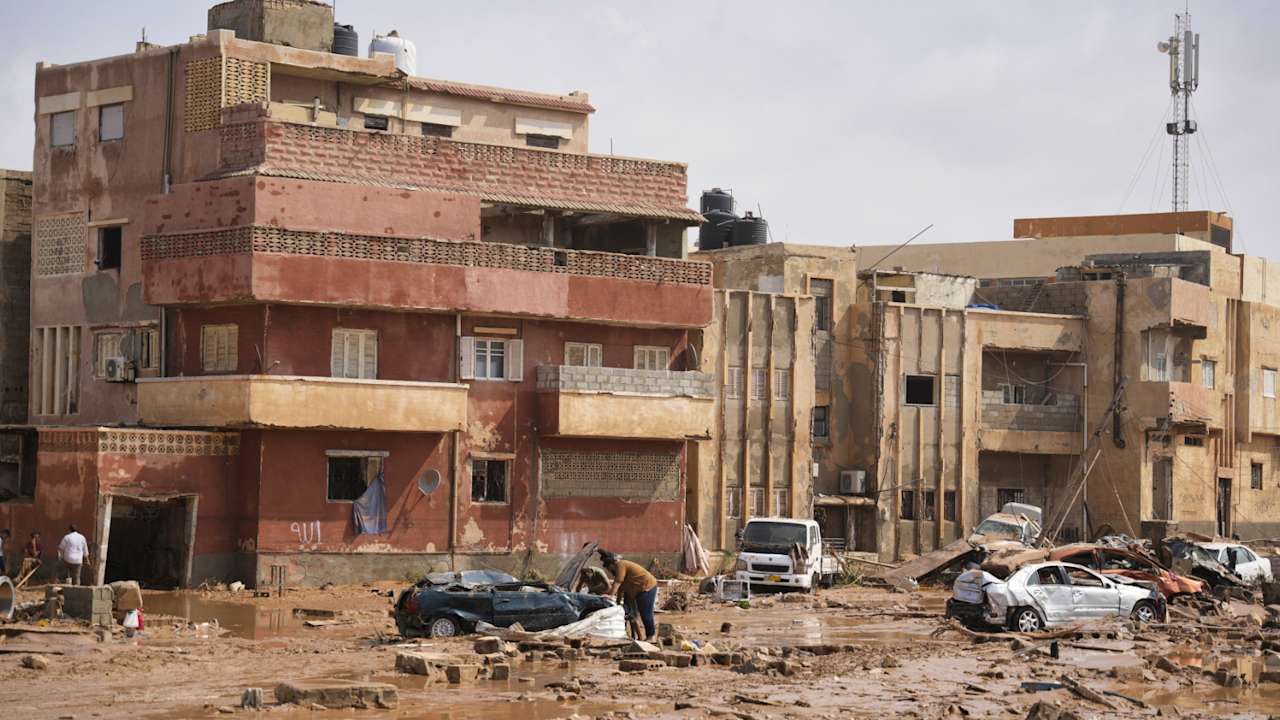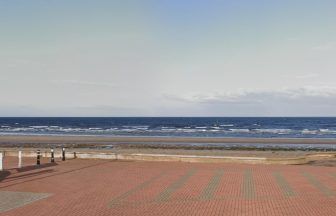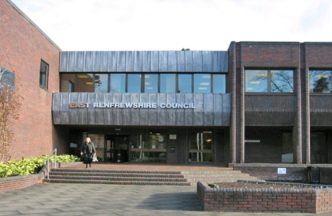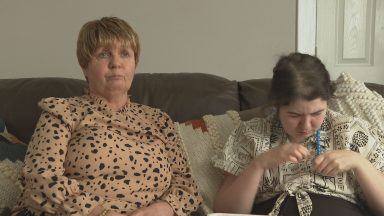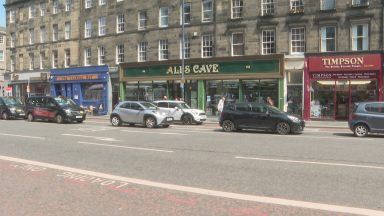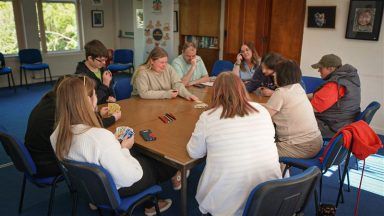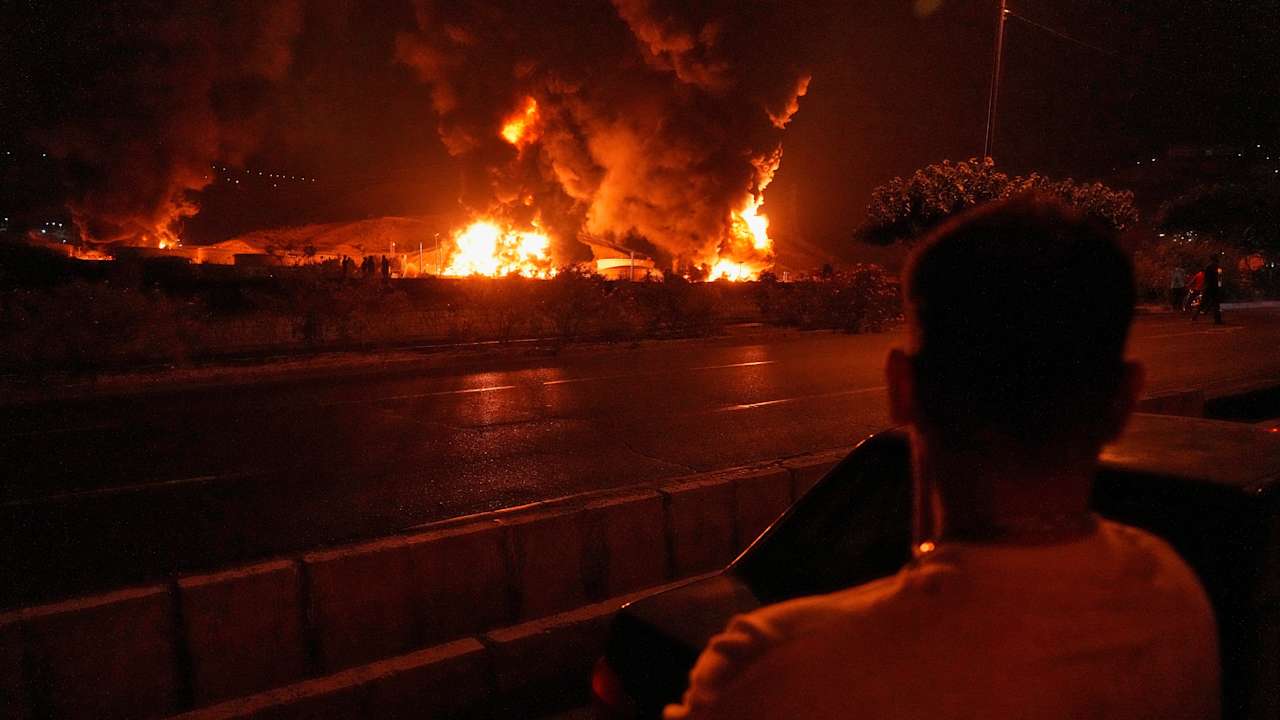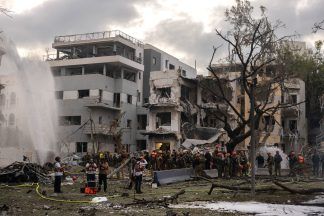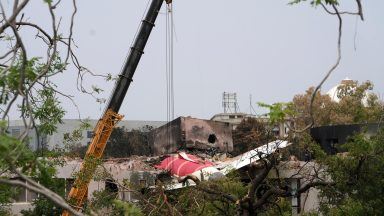The flooding has devastated a region of Libya which is susceptible to some of the country’s highest average annual rainfalls, as ITV News’ Rachel Younger reports
As many as 10,000 people are missing in Libya after severe flooding in the east of the country.
A total of 2,300 people are confirmed to have died in the city of Derna alone, although the final death toll is expected to reach into the thousands within the coming days.
Flooding in the country has been caused by the Mediterranean storm, Daniel, which has surged through towns and devastated the city of Derna.
Tamer Ramadan, Libya’s envoy for the International Federation of Red Cross and Red Crescent Societies, has told a United Nations (UN) briefing the situation in Libya was “as devastating as the situation in Morocco”.
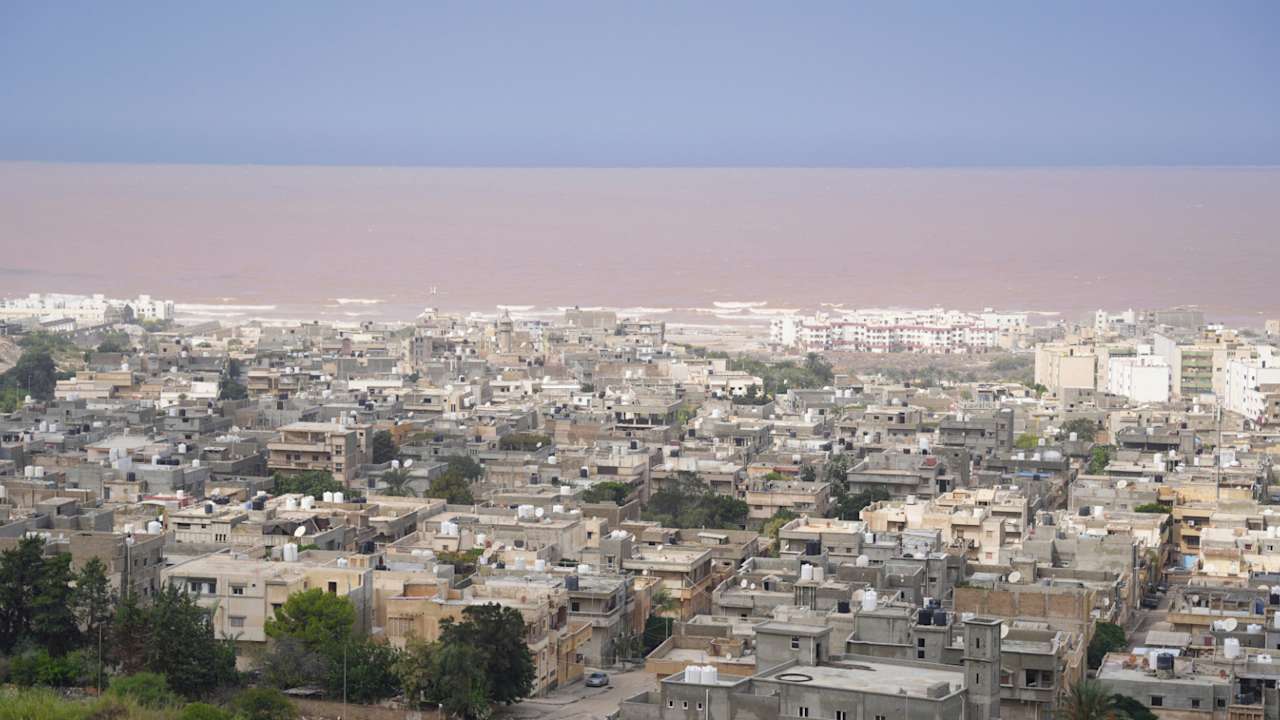
Morocco was hit by its strongest earthquake in more than a century on Friday, leaving nearly 3,000 people dead.
The prime minister of eastern Libya’s government said that many of the missing are believed to have been carried away after two upstream dams burst.
Following more than a decade of chaos, Libya remains divided between two rival administrations: one in the east and one in the west, each backed by different militias and foreign governments.
Entire residential bocks in the city have been washed away along the Wadi Derna – a main river that flows through Derna’s centre. Residents from Derna posted videos and images online, showing the earthquake’s destructive power.

Footage showed dozens of bodies covered by blankets laid out in the yard of a hospital in Derna. Many bodies were believed trapped under rubble or had been washed out into the Mediterranean Sea, said eastern Libya’s health minister, Othman Abduljaleel.
“We were stunned by the amount of destruction… the tragedy is very significant, and beyond the capacity of Derna and the government,” Abduljaleel said.
The wall of water sweeping through Derna “erased everything in its way,” said one resident, Ahmed Abdalla.
Eyewitnesses have told of scenes of chaos when the the flooding began, describing loud explosions as the dams collapsed.
The city is currently inaccessible for emergency responders to reach, officials have said.
Northeast Libya is one of the country’s most fertile regions and incurs some of the highest average annual rainfalls, according to the World Bank.
Aid has been sent to the affected areas by both regional governments in Libya, while Egypt, Tunisia, Algeria, Turkey, and the United Arab Emirates are among the countries to have pledged international assistance.
The US embassy, meanwhile, has said it is contact with the UN and Libyan authorities over how it can deliver aid.
Follow STV News on WhatsApp
Scan the QR code on your mobile device for all the latest news from around the country


